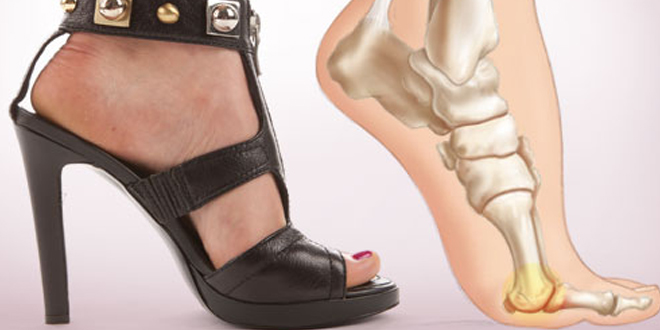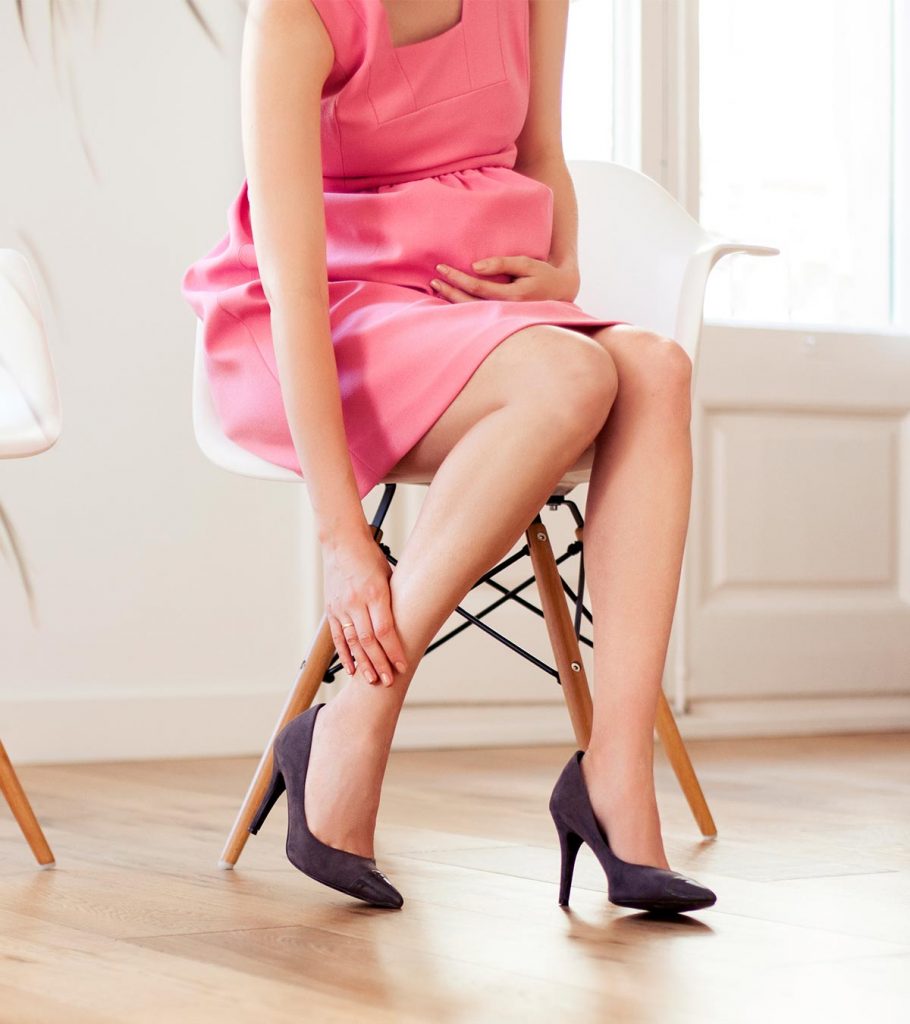Wearing high heels may be fashionable and make you feel taller and sexier, but at what price? High-heeled shoes can cause a plethora of foot problems while impairing stability and increasing the risk of injury. Leg, back, and foot pain are among some of the more common complaints. Long-term use can even cause structural changes in the foot itself, leading to bunions, hammertoe, neuroma, equinus, and other conditions that may require surgical correction.
Here are some perspectives from podiatrists regarding the impact of high heels on foot health:
Increased Pressure on the Forefoot: One of the primary concerns is the increased pressure on the forefoot (the front part of the foot) when wearing high heels. This can lead to conditions such as metatarsalgia, characterized by pain and inflammation in the ball of the foot.

Altered Biomechanics: High heels can alter the natural biomechanics of the feet and ankles. The elevation of the heel can cause a shift in body weight, leading to changes in posture and gait. This alteration may contribute to issues such as ankle instability and increased risk of sprains.
Toe Deformities: Prolonged wearing of high heels, especially those with a pointed toe box, can contribute to toe deformities such as bunions and hammertoes. The tight and narrow space in the shoe can force the toes into unnatural positions, leading to structural changes over time.
Achilles Tendon Shortening: The raised heel in high heels keeps the Achilles tendon in a shortened position. Over time, this can lead to tightness in the Achilles tendon and calf muscles, potentially contributing to issues like Achilles tendinitis.
Increased Risk of Ankle Injuries: The instability caused by high heels can increase the risk of ankle injuries, including sprains and fractures. The compromised stability makes it more challenging for the foot and ankle to adapt to uneven surfaces.
Pressure on the Spine: Wearing high heels not only affects the feet but also has implications for the entire musculoskeletal system. The altered posture from wearing heels can increase pressure on the spine, contributing to back pain and discomfort.
Corns and Calluses: The pressure and friction caused by high heels can lead to the development of corns and calluses on the feet. These areas of thickened skin can be painful and may require regular maintenance to prevent discomfort.
Reduced Shock Absorption: High-heeled shoes typically lack the shock-absorbing qualities found in more supportive footwear. This lack of shock absorption can contribute to increased impact on joints, potentially leading to conditions such as osteoarthritis over time.
Biomechanical effects of high heels on body:
- Altered Weight Distribution
- Changes in Posture
- Shortening of Achilles Tendon
- Instability and Balance Challenges
- Changes in Gait Pattern
- Impact on Arch Structure
- Increased Load on Knees
- Compromised Shock Absorption

Author
Dr. DURGA SARAVANAN (PT., MSc Sports Biomechanics and kinesiology), Consultant physiotherapist.

